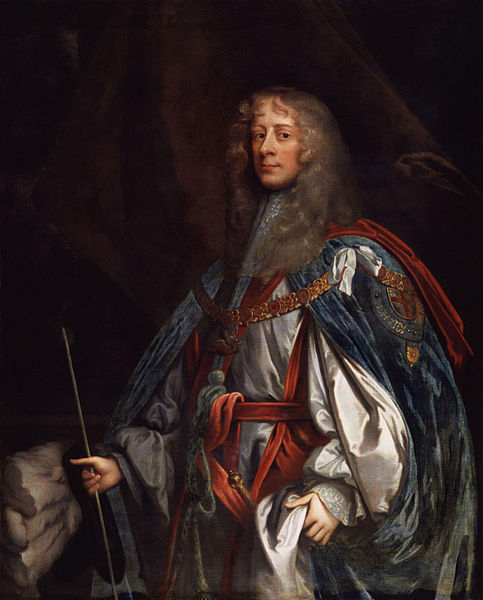The Royalist Army in Exile was the army formed by those loyal to Charles II from 1656 to 1660 during his exile from the throne. They were a mixture of Royalist troops from his three Kingdoms including men from England and Scotland, with the bulk being Catholics from Ireland, many of whom had previously served in the Irish Confederate armies.
Charles II was in Continental exile following his escape from England in 1651. In 1656 his new alliance with Spain raised hopes of a military restoration to his British and Irish thrones.
Charles II's younger brother James, Duke of York commanded the Royalist Army in the field, notably at the Battle of the Dunes.
The Royalist cause suffered a major setback when the exiled army and their Spanish allies were heavily defeated at the Battle of the Dunes by a combined French-English force featuring New Model Army troops.
The Second Ormonde Peace was a peace treaty and alliance signed on 17 January 1649 between the Marquess of Ormonde, the leader of the Irish Royalists, and the Irish Confederates. It united a coalition of former Protestants and Catholics enemies from Ireland, Scotland and England – the three Kingdoms ruled by Charles I who was then held a prisoner by the Puritan Rump Parliament. His execution on 30 January drew together the signatories in allegiance to his young son Charles II.
The King's Irish commander the Marquess of Ormonde signed the agreement on his behalf and led Allied forces during the 1649 campaign.
Cromwell's campaign in Ireland shattered the coalition that had been formed by Ormonde's treaty.





